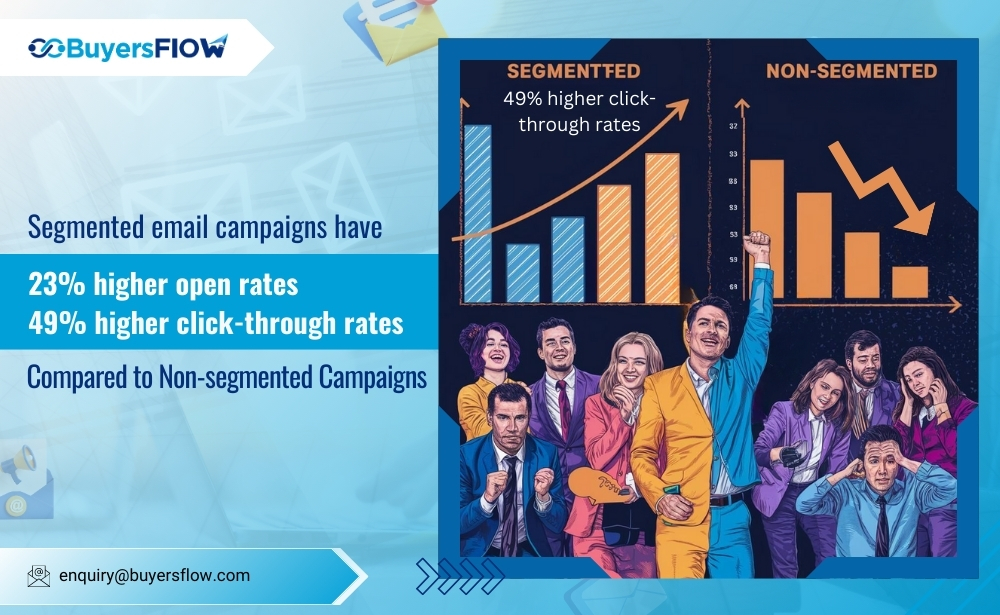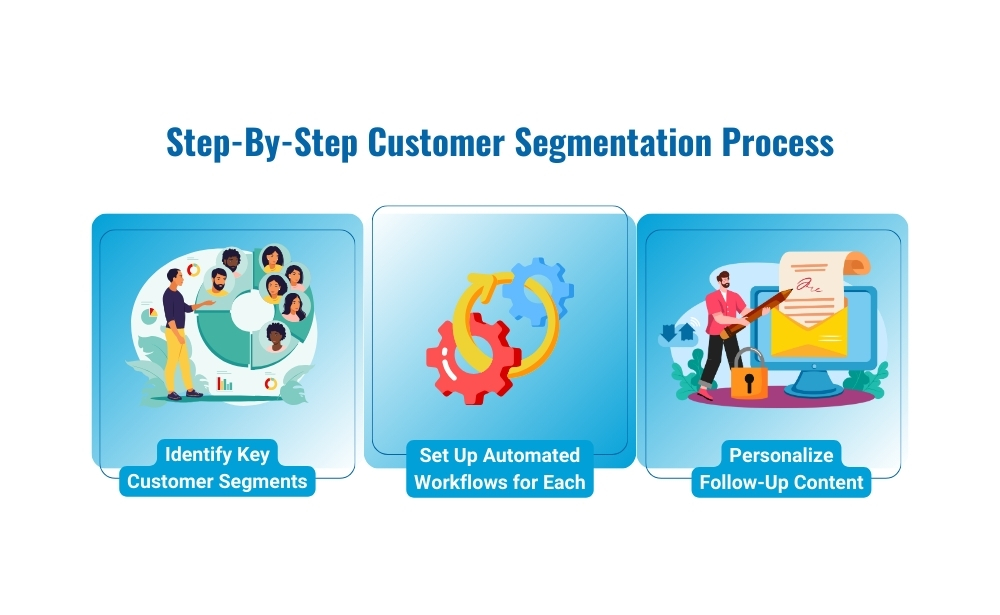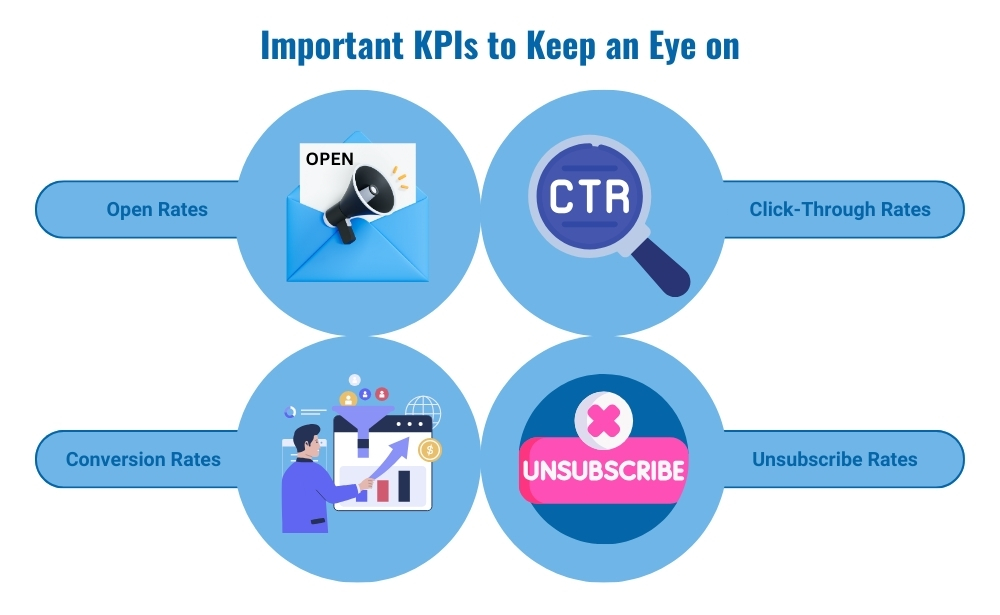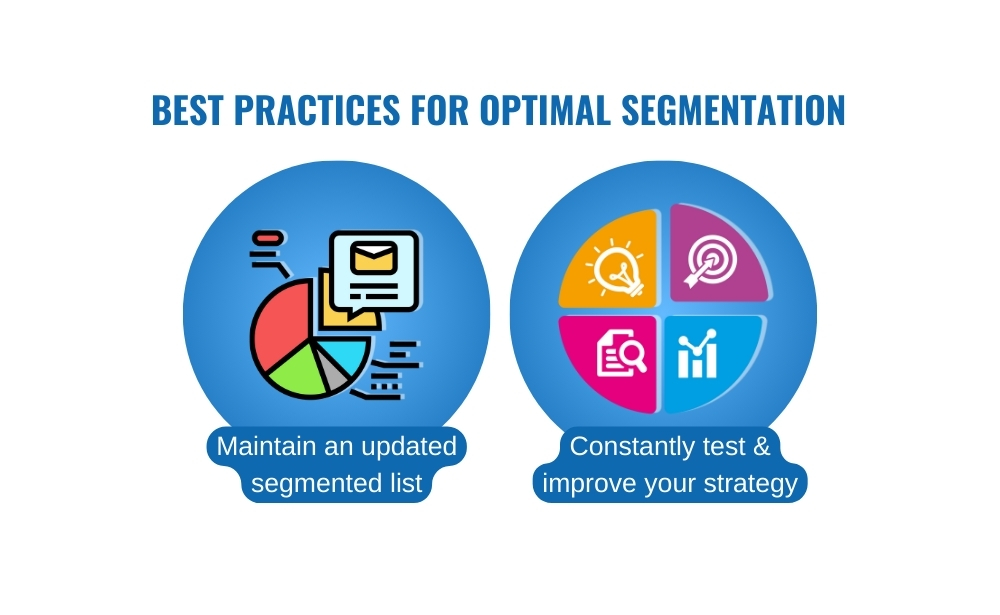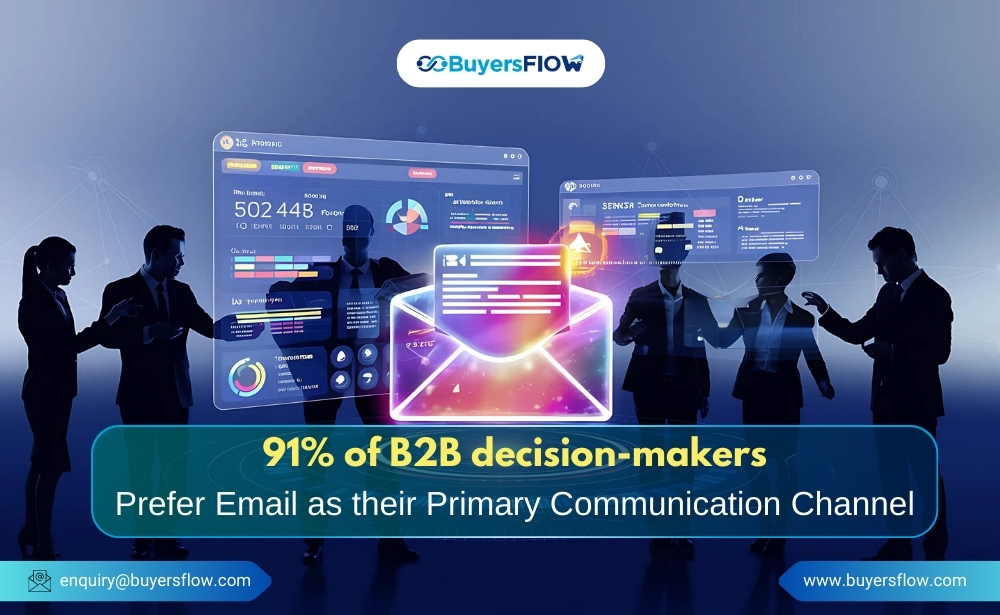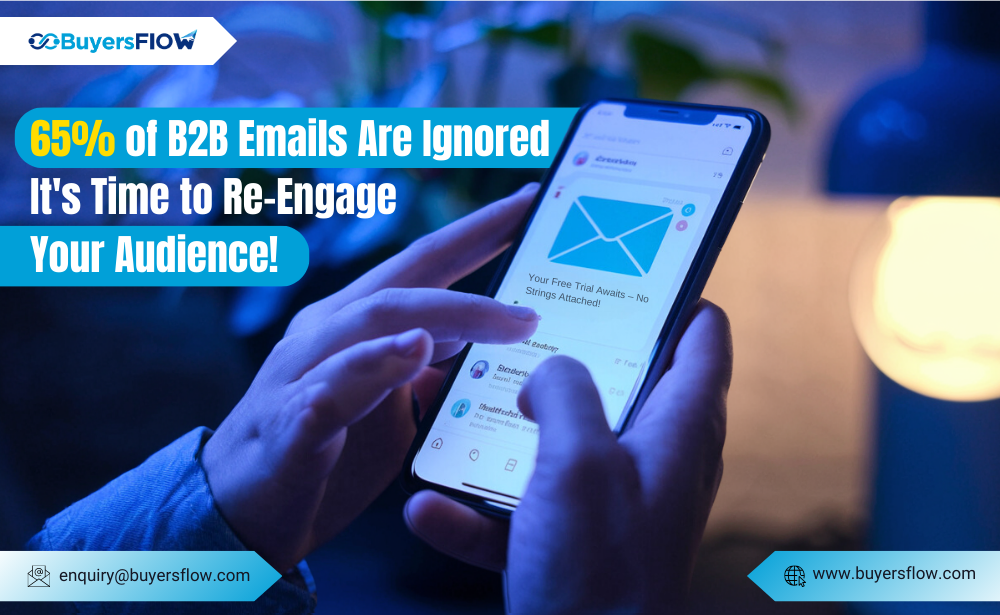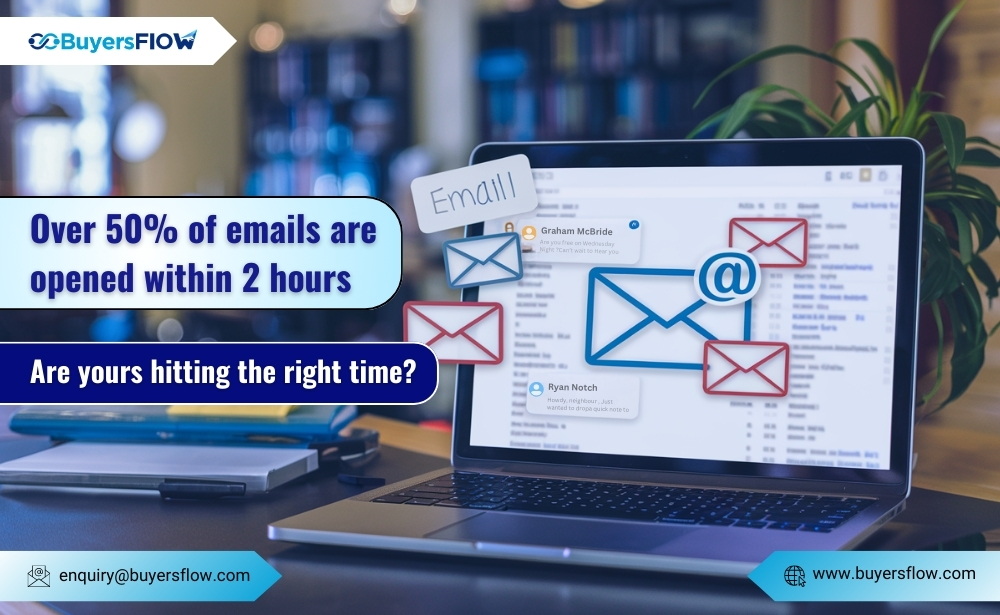Follow-up work in email marketing can be a daunting task, but it doesn’t have to be. By leveraging customer segmentation, you can simplify this process, making it not only more manageable but also more effective. Let’s explore how email segmentation can revolutionize your follow-up strategy and save you precious time and effort.
Challenges in Traditional Follow-Up
Manual segmentation is one of the biggest hurdles marketers face. It’s time-consuming, prone to errors, and often leads to generic follow-ups that don’t resonate with recipients. Common follow-up issues include low engagement rates, high unsubscribe rates, and the risk of alienating your audience with irrelevant content.
Automation and Segmentation
Here’s where segmentation and automation come to the rescue. By dividing your email list into specific segments based on various criteria, you can automate follow-up processes, ensuring timely and relevant communication. There are several tools, including BuyersFlow, that offer robust segmentation and automation features that make this task a breeze.
Steps to Implement Effective Customer Segmentation
1.Identifying Key Customer Segments:
Start by analyzing your customer data. Look for patterns and commonalities that can help you group your audience into meaningful segments. This could be based on demographics, purchase behavior, engagement levels, or any other relevant criteria.
2.Setting Up Automated Workflows for Each Segment:
Once you’ve identified your segments, create automated workflows tailored to each group. These workflows can include a series of follow-up emails designed to nurture leads, re-engage inactive subscribers, or upsell existing customers.
3. Personalizing Follow-Up Content:
Personalization is key to effective email sequencing. Use the data from your segments to craft personalized messages that address the specific needs and interests of each group. This not only boosts engagement but also builds a stronger connection with your audience.
Metrics to Track
To measure the success of your segmented follow-ups, keep an eye on important KPIs such as open rates, click-through rates, conversion rates, and unsubscribe rates. Analyzing these metrics will help you understand how well your segments are performing and where adjustments may be needed. Additionally, track engagement over time to see if your segmentation leads to sustained improvements.
How to implement it optimally
Maintaining an updated segmented list:
Make regular updates to your segments to reflect changes in your customer base. This ensures that your follow-up messages are both relevant and effective. Use automation tools to keep your lists up-to-date with minimal manual effort.
Strategies for continuous improvement:
Continuously test and refine your segmentation strategies to analyze if the results can provide valuable insights into what works best. Stay open to experimenting with new criteria and adjusting your segments as needed.
Conclusion
Customer segmentation is a game-changer for email sequencing. By automating and personalizing your follow-up processes, you can overcome the challenges of traditional methods and achieve better results with less effort. With a well-segmented list, your follow-ups will be more relevant, timely, and impactful, ultimately driving higher engagement and conversions.
Ready to embrace lead segmentation and make your email marketing more efficient and effective? Try BuyersFlow today to help you automate your follow-up process.
